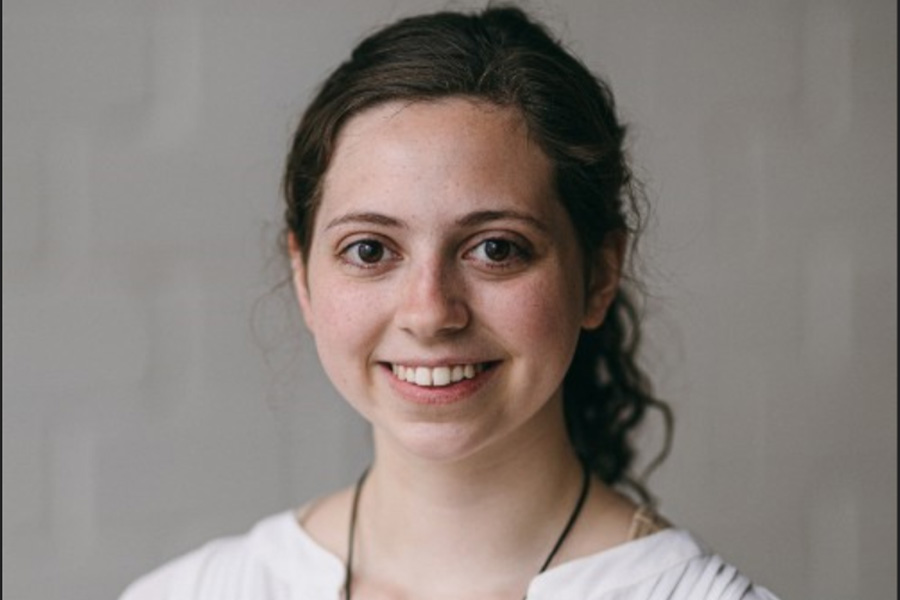Purdue ECE PhD student wins Best Paper Award for co-integrating PiezoMEMS with Photonics for Nitride-on-Nitride low-Jitter Agile Lasers
Purdue ECE PhD student wins Best Paper Award for co-integrating PiezoMEMS with Photonics for Nitride-on-Nitride low-Jitter Agile Lasers

Alaina Attanasio, a PhD student in Purdue University’s Elmore Family School of Electrical and Computer Engineering, has been awarded the Best Paper Award at Transducers 2025, the premier international conference for micro and nano sensors, actuators, and systems. Attanasio is a student of Sunil Bhave, professor of electrical and computer engineering.
Her paper, titled "Piezo-MEMS Tunable Ultra Low-Noise Laser," introduces a first-of-its-kind laser system that combines extreme frequency stability with fast, precise tuning, all on a compact silicon chip.
“My dad works as a laser engineer and introduced me to engineering through his work, so it means a lot for me to be able to push laser technologies towards more compact and lower noise solutions,” said Attanasio. “I’m really excited to see how the applications in LiDAR and spectroscopy are improved as this technology becomes more available.”
In everyday terms, Attanasio’s design offers a laser that is both incredibly stable and easily adjustable, a combination that is essential for advanced technologies like autonomous vehicles, environmental sensing, and quantum communication.
The innovation integrates a silicon nitride photonic spiral cavity, which shapes and stabilizes the laser’s light, with a piezoelectric actuator made from aluminum nitride (AlN). This actuator can rapidly shift the laser's frequency using mechanical stress, thanks to the piezoelectric effect, which converts electrical energy into precise motion.
The result: a laser with lower noise than fiber lasers -considered a benchmark in the field -and frequency modulation speeds up to 100 times faster than current technologies. This is especially useful for applications like frequency-modulated continuous wave (FMCW) LiDAR, used in autonomous vehicles for high-resolution mapping and object detection.
Attanasio also developed a novel microfabrication technique, dubbed the “Band-Aid process,” which eliminates common defects in larger piezoelectric devices and makes the system easier to manufacture and package. The design includes one of the largest piezoelectric structures ever built for high-frequency operation on a chip, which created unique challenges.
When you create the largest actuator, the mechanical forces are so large they are able to vibrate the entire chip. Attanasio and her group measured, identified, and eliminated these “chip vibration modes” to ensure the high bandwidth of the transducer.
“Twenty years ago, these vibration modes were all the craze and commercialized for making MEMS clocks,” commented Bhave. “Today Alaina and our collaborators worked hard to eliminate these modes.”
Attanasio said she is grateful for the support of her coauthors at EPFL and Deeplight who designed and fabricated the photonics of our device.
The award-winning research underscores Purdue ECE’s leadership in integrated photonics, MEMS, and chip-scale innovation, and showcases the transformative potential of interdisciplinary collaboration at the graduate level.
